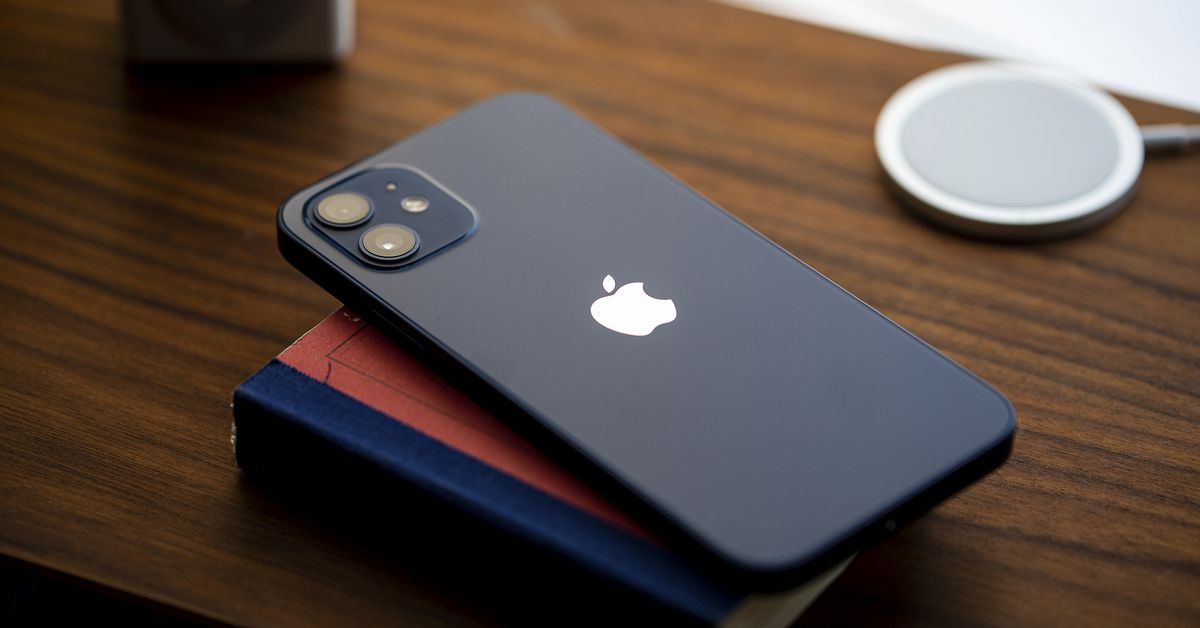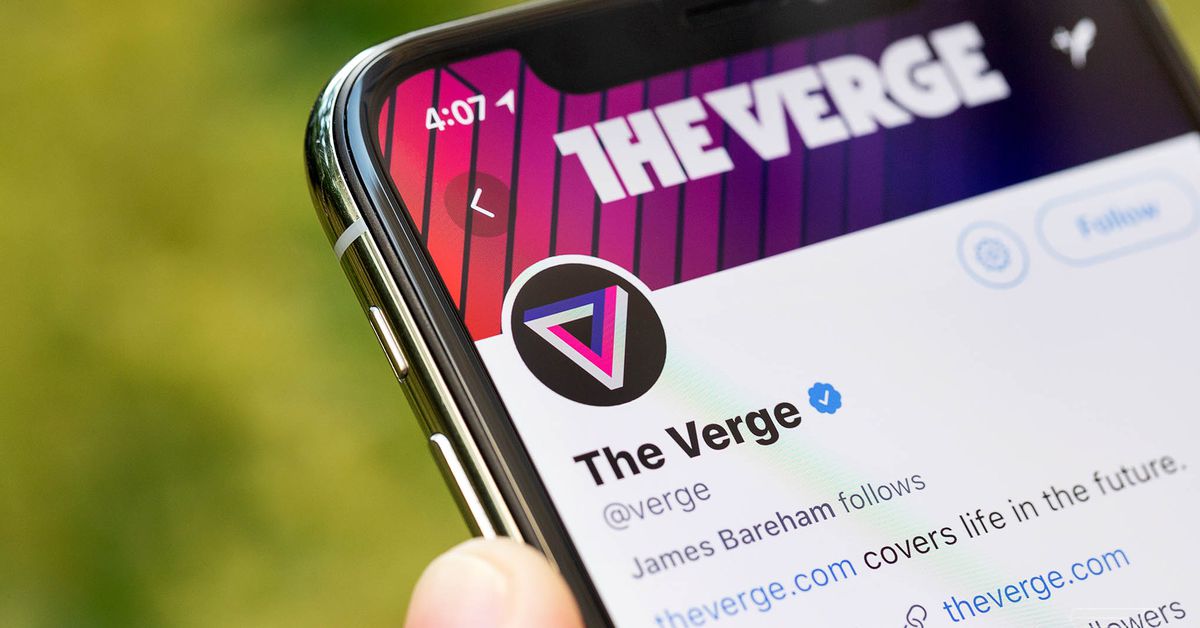I’ve reviewed all the best laptops this year — here are the only ones I recommend
Some great new laptops have been introduced so far in 2023, with innovative designs, incredible value, or both. Here are a handful to consider.
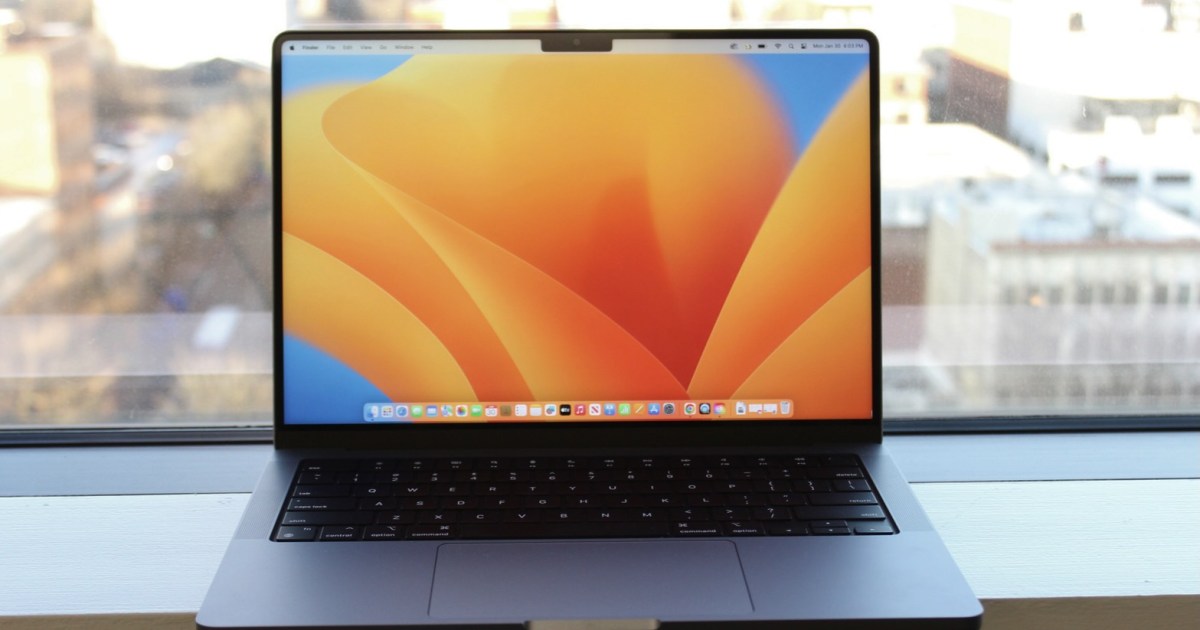
So far, 2023 has been a banner year for laptops. We’ve seen some excellent machines pass through our doors, representing some of the best laptops we’ve reviewed across a variety of form factors. Many of the standout examples have been iterative updates to classics, like the awesome Apple MacBook Pro 14 and 16 that brought Apple’s latest M2 Pro and M2 Max processors to market.
Some, though, are brand-new models. They break the mold in some cases, while in others simply offer superior combinations of features, performance, and value. As someone who reviews laptops for a living, here are my favorite machines so far in 2023.
Most innovative: Lenovo Yoga Book 9i
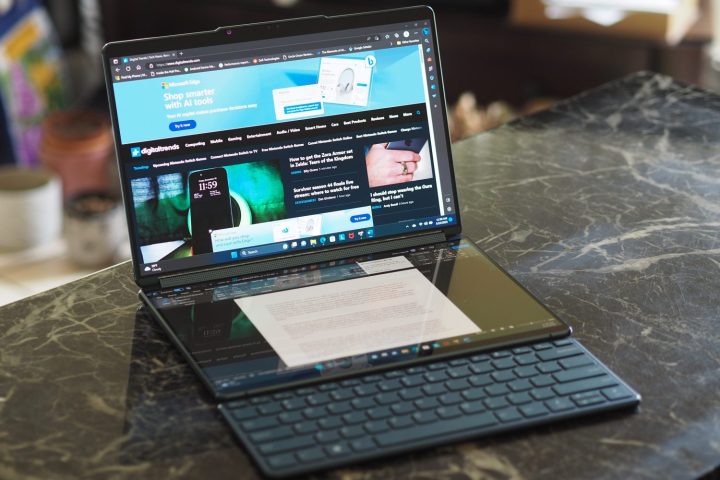 Mark Coppock / Digital Trends
Mark Coppock / Digital TrendsThe Lenovo Yoga Book 9i isn’t the first laptop to serve up dual screens, and several other laptops have introduced foldable screens that emulate the Yoga’s two distinct 16:10 panels. However, it’s the first design that’s truly usable.
Unlike the Asus ZenBook 17 Fold, featuring a single OLED screen that can fold to virtually represent two displays, the Yoga Book 9i has two separate 13.3-inch 2.8K OLED panels. That avoids the potential issues of durability with foldable screens and makes for a simpler implementation. Each display is utterly gorgeous, and Lenovo includes an origami stand that allows the Yoga to create a side-by-side dual-screen setup or one where the two displays are stacked vertically. Either way, it makes multitasking a breeze, from working in a Microsoft Word document while researching in a browser to fussing with an Excel spreadsheet while streaming your favorite TV show.
 Mark Coppock / Digital Trends
Mark Coppock / Digital Trends
And the Yoga is also usable as a standard clamshell, with a virtual keyboard and touchpad that pops up on the bottom display and a physical keyboard that can be positioned in a couple of ways for more efficient typing. Really, the use cases are many, and the Yoga Book 9i is genuinely useful in all of them.
Performance is solid as well, while battery life is just OK – unsurprising given the two high-res OLED panels that need to be supplied with juice. It’s a somewhat fussy setup at times and requires extra parts to carry around, and it’s not cheap at $2,000. But it’s worth the hassle and the investment if you’re a serious multitasker.
Best adaptation: Apple MacBook Air 15
 Luke Larsen / Digital Trends
Luke Larsen / Digital TrendsApple’s MacBook Air has undergone a revolution, with the latest model receiving a complete overhaul in its design that aligns it with the MacBook Pro and updates it to Apple’s fast and efficient M2 processor. It’s also one of the thinnest laptops ever at just 0.44 inches. But its 13.6-inch display is a bit small for some.
Enter the MacBook Air 15. It takes everything great about the smaller model and upsizes it, while retaining an ultrathin 0.46-inch chassis that’s the thinnest 15-inch laptop ever made. The 15.3-inch Liquid Retina display is sharp and lovely, suitable for productivity and creative work, and it’s large enough to make a meaningful difference over the 13.6-inch panel.
 Luke Larsen / Digital Trends
Luke Larsen / Digital Trends
The same M2 processor powers the MacBook Air 15, giving it excellent performance in productivity tasks and some extra oomph in creative processes over equivalent Intel laptops. The battery life is to die for, lasting more than 18 hours of web browsing and promising more time working than most other laptops. And don’t forget the Magic Keyboard and Force Touch haptic touchpad, which are the best you’ll find, along with incredible sound quality.
The MacBook Air 15 starts at $1,300 and can cost as much as $2,500 for the fastest M2 CPU and the most RAM and storage. That makes it a pricey machine but well worth it.
Best alternative OS: HP Dragonfly Pro Chromebook
 Mark Coppock / Digital Trends
Mark Coppock / Digital TrendsIt’s easy to perceive ChromeOS as a boring, limited operating system supported by the least innovative laptops. It’s a valid perception in many cases, given that ChromeOS is the budget platform of choice for many individuals, organizations, and educational institutions.
But there’s one laptop that aims to change that perception. HP’s Dragonfly Pro Chromebook breaks the mold, introducing several technologies you won’t find on most – or any – other ChromeOS machines. It’s expensive for a Chromebook at $1,100, but the price is justified.
Certainly, it’s a fast laptop and even boasts an 8MP webcam, the first ever.
 Mark Coppock / Digital Trends
Mark Coppock / Digital Trends
But the haptic touchpad with generous software support is highly unusual, if not unique, and it works just as well as on Windows and MacOS machines. You’ll find some useful built-in features and all the usual benefits of haptic technology, such as the ability to click on the entire touchpad surface. The RGB keyboard lighting is also something new. And finally, there are four Thunderbolt 4 ports, where most Chromebooks are limited to USB-C at best.
And then there’s the 24/7 Pro Live Support service that HP bundles for free the first year ($11 per month after that). Set up an HP account, and you can easily click through to a live support agent who can help learn features and diagnose problems. This is the Chromebook for those who don’t want to compromise on features to enjoy the simplicity and security of ChromeOS.
Best MacBook Pro competitor: Lenovo Slim Pro 9i 16
 Mark Coppock / Digital Trends
Mark Coppock / Digital TrendsIf you’re a creator looking for a fast laptop with a large, 16-inch display, you’re likely to gravitate toward the awesome MacBook Pro 16 with its ultrafast and incredibly efficient M2 Pro and M2 Max CPUs. There’s only one problem: The MacBook Pro 16 is incredibly expensive, starting at $2,500 and ramping up to $6,500 fully configured.
What if you could get a laptop that’s about as fast for around $1,800? That’s where Lenovo priced the Slim Pro 9i when it was introduced, with a fast Core i9 CPU, 32GB of RAM, and an Nvidia GeForce RTX 4050 GPU that punches well above its weight class.
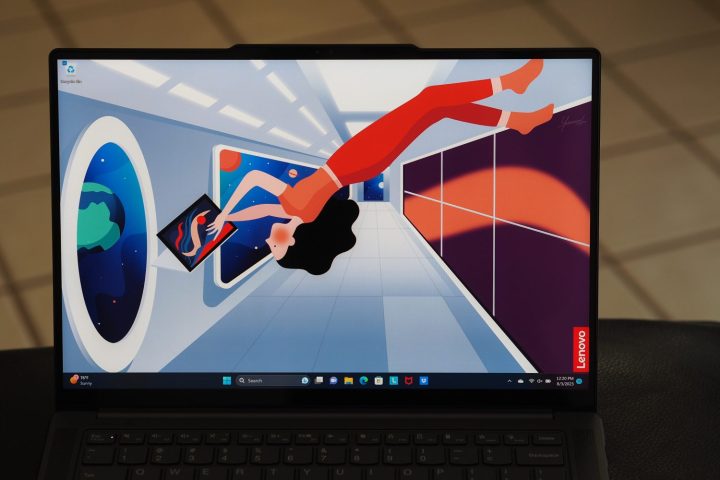 Mark Coppock / Digital Trends
Mark Coppock / Digital Trends
Yes, the Slim Pro 9i isn’t quite as elegantly designed as the MacBook Pro, but it’s still a solid laptop with an attractive aesthetic and comfortable, rounded edges. It has a Mini-LED that’s good enough for serious creators even if Windows 11 holds it back from the same kind of performance that Apple has achieved with its Mini-LED displays.
You won’t get the same battery life as the MacBook Pro 16 either. But we’re talking about saving a lot of money here, enough that an aspiring creative professional can afford a machine that will power through demanding workflows and doesn’t require a small business loan.
Best value: Asus ZenBook 14 OLED
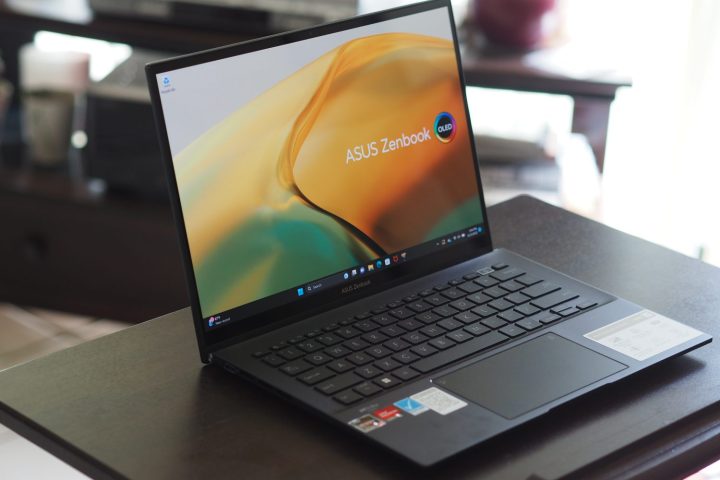 Mark Coppock / Digital Trends
Mark Coppock / Digital TrendsSometimes, a laptop stands out not because it’s the fastest, the longest-lasting, or the most attractive. Instead, it stakes its place by offering tremendous value, a combination of features and price that offers a lot more laptop for a lot less money.
The Asus ZenBook 14 OLED is a classic example of the breed. It starts at just $700, including fast components and a beautiful 2.8K OLED display. That makes for a bargain-level laptop that competes with many midrange machines costing well over $1,000. It’s such a great value that it’s made its way to a handful of our best-of lists, including best laptops, best budget laptops, best laptops under $1,000, and best 14-inch laptops. Whew. Not many machines can boast such a résumé.
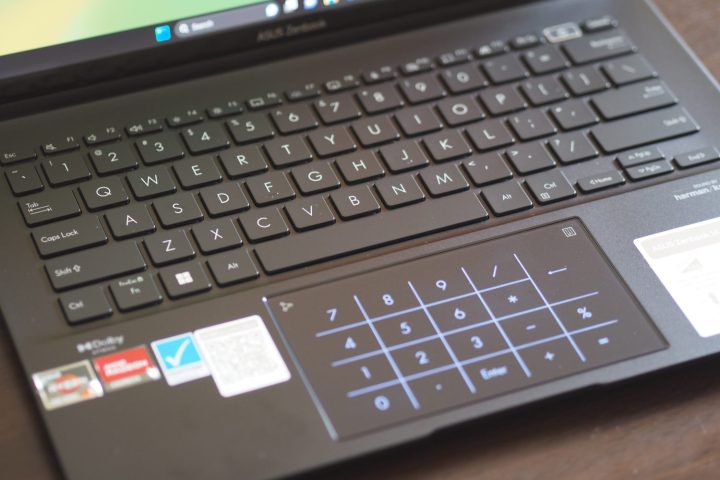 Mark Coppock / Digital Trends
Mark Coppock / Digital Trends
Did I mention that it comes with an OLED display? Well, it does, and it’s spectacular. Many lower-priced laptops skimp on the display; it’s just one of the cost-cutting measures to bring in a laptop on the cheap. But the ZenBook 14 OLED flips that script, with a display that’s as good as those costing twice as much or more.
It’s also fast enough for serious productivity work, very well built, and attractive. You make no compromises with the ZenBook 14 OLED; only demanding creators should look elsewhere. You can spend more money, but why?

 KickT
KickT 








